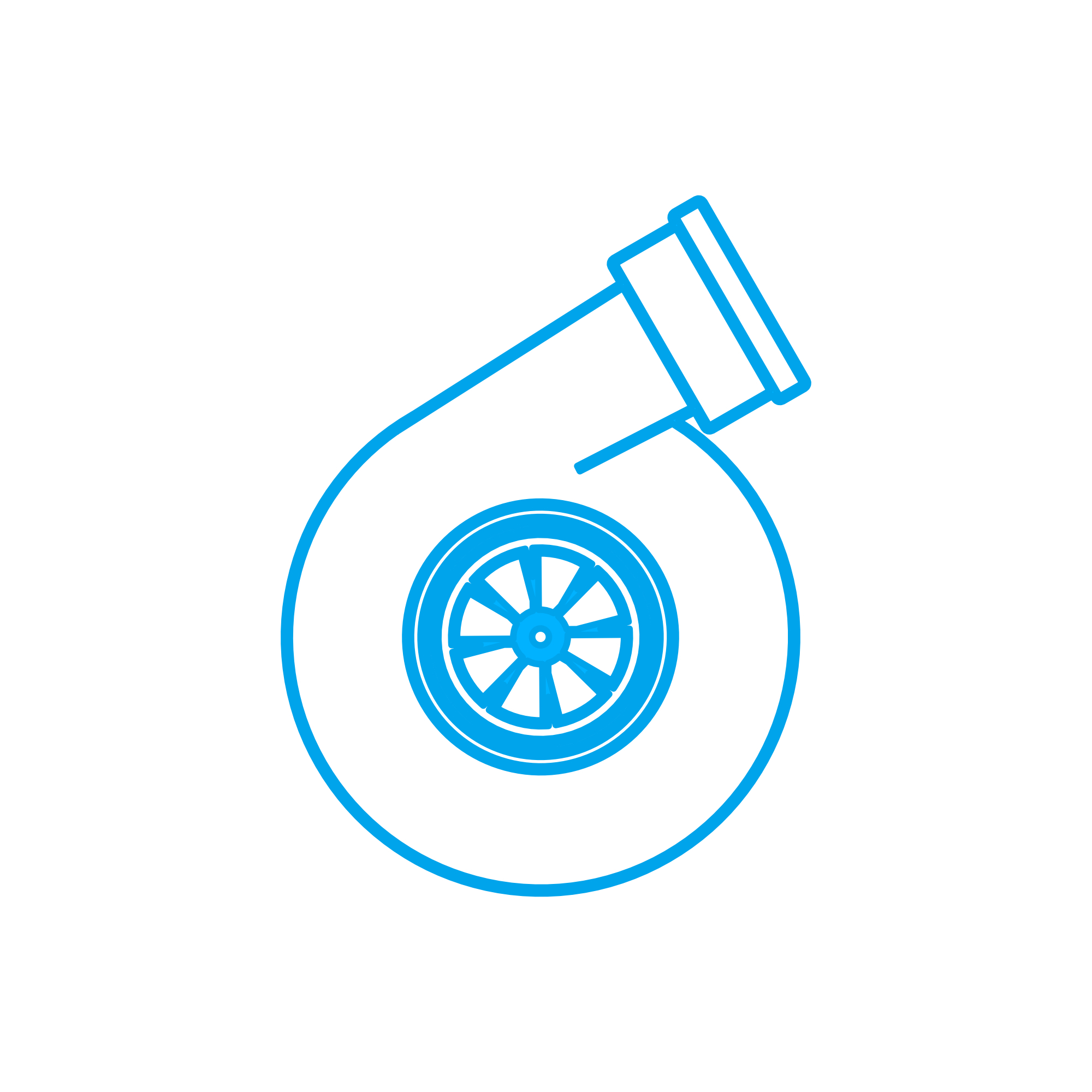TURBINE HOUSING in Turbocharger systems for demanding engines
The Turbocharger is a high-value engine component that converts exhaust gas energy into boosted intake pressure, enabling higher power density, cleaner combustion, and improved fuel economy. From compact gensets to deep-sea propulsion, a modern turbocharger is central to how a diesel engine or gas engine meets today’s performance and emissions targets. Its hot-end casing—the TURBINE HOUSING—forms the aerodynamic and thermal core around the turbine wheel, safely guiding exhaust flow while withstanding extreme temperatures and pulsation loads.
Turbocharger operation and the role of the TURBINE HOUSING
A turbocharger couples a turbine and a compressor on a common shaft. Exhaust gases enter the TURBINE HOUSING, accelerate through the volute and nozzle area, and drive the turbine wheel. The recovered energy spins the compressor, which raises intake manifold pressure and air mass flow. With more oxygen available, the engine burns fuel more completely, unlocking higher specific power and lower specific fuel consumption.
In a diesel engine or marine engine, the TURBINE HOUSING is engineered for precise gas-path geometry and stable pressure ratios across a wide load range. Key design parameters include the A/R (area-to-radius) ratio of the volute, scroll contour, and nozzle throat area, which together set turbine efficiency, transient response, and exhaust backpressure. Wastegated and variable-geometry configurations adjust effective flow area to prevent overspeed, control boost, and protect components at high load. Materials typically include high-nickel cast irons or austenitic alloys to resist creep, thermal fatigue, and hot corrosion from sulfur, sodium, or vanadium compounds found in heavy fuel oil service.
For heavy-duty applications, a TURBINE HOUSING for a marine engine must also manage acoustic emissions, thermal shielding, and flange compatibility to upstream piping and downstream SCR/EGC systems. Correct clearances and surface finishes limit leakage and preserve turbine isentropic efficiency. When sourced as OEM parts, dimensional fidelity and metallurgy match the rotor dynamics and bearing system, avoiding imbalance, rub events, or thermal distortion that could propagate into the whole turbocharger.
- · Boosts intake density and engine power without increasing displacement.
- · Converts exhaust enthalpy into useful compressor work with high efficiency.
- · TURBINE HOUSING geometry (A/R) tunes response, backpressure, and peak output.
- · High-temperature alloys endure continuous 700–950°C turbine inlet conditions.
- · Options include wastegate or variable geometry to broaden the operating map.
- · Proper sealing and fit protect bearings, rotor alignment, and emissions compliance.
Engine reliability: how the Turbocharger and TURBINE HOUSING affect uptime
The health of the Turbocharger directly influences engine reliability, fuel economy, and emissions stability. A sound TURBINE HOUSING preserves the designed gas-path and protects hot components. If the casing cracks, erodes, or distorts, exhaust leaks and pressure losses reduce turbine work, causing low boost, higher smoke, and rising exhaust temperatures. Elevated EGT can overheat valves and manifolds, while insufficient air worsens PM and NOx formation.
Thermal fatigue from frequent start-stop cycles, hot corrosion in coastal or HFO duty, and insulation breakdown can degrade the TURBINE HOUSING. Localized hot spots may shift clearances, increasing rotor-stator contact risk. In severe cases, structural compromise can lead to ingestion of fragments, bearing overload, or unplanned shutdowns. Proactive inspection—checking for hairline cracks, flange flatness, and nozzle throat wear—combined with timely replacement maintains the turbocharger’s efficiency curve and protects the engine’s service life.
Sizing and A/R in the TURBINE HOUSING for diesel and marine engine duty
Choosing the correct A/R is a balancing act: smaller A/R improves low-speed response and reduces smoke under transient load, but raises backpressure at high load; larger A/R lowers backpressure and peak turbine inlet temperature, supporting continuous heavy-duty operation. Fleet managers should align A/R and turbine type (wastegated, VGT, or two-stage) with the duty profile—harbor maneuvering, slow steaming, or base-load generation—to maximize uptime and fuel efficiency.
OEM spare parts for Turbocharger: performance, efficiency, and a matched TURBINE HOUSING
Using OEM spare parts suitable for the Turbocharger—especially a matched TURBINE HOUSING—safeguards the engineered flow geometry, material strength, and fit-up that the rotor system requires. Dimensional tolerances, surface finishes, and alloy compositions are validated against the manufacturer’s rotor dynamic calculations and thermal models. This preserves boost pressure, response, and exhaust temperature margins exactly as designed.
For purchasers and shipowners, the practical benefits are measurable:
Performance: Correct nozzle areas and volute contours maintain compressor map alignment, ensuring the engine meets rated power without excessive backpressure. Reliability: Proven metallurgy resists creep and hot corrosion, minimizing unplanned interventions. Budget control: Stable efficiency and longer intervals between overhauls reduce total cost of ownership by cutting fuel burn and downtime. Service life: A properly matched TURBINE HOUSING supports balanced loading on bearings and blades, extending the lifespan of the entire turbocharger assembly.
For compliance-driven operations, OEM parts also support emissions consistency with documentation for classification society audits and adherence to builder specifications across diesel engine and gas engine platforms.
MOPA: fast, quality-secure supply of OEM Turbocharger and TURBINE HOUSING parts
MOPA is an experienced partner for OEM spare parts for Turbocharger systems, including the TURBINE HOUSING. We combine fast response with proven sourcing processes, technical documentation, and traceability to give purchasers confidence in every transaction. Our focus is speed, quality, and security in the trade of OEM parts for diesel and gas engines—covering marine engine, power generation, rail, and industrial applications.
Whether you need a specific A/R variant, wastegated housings, VGT nozzle rings, or complete hot-end assemblies, MOPA supports short lead times, global logistics, and application-matched selections. Technical teams help align parts with duty cycles and emission strategies, ensuring drop-in fit and predictable performance from commissioning to overhaul.
Conclusion: TURBINE HOUSING and Turbocharger value with OEM spare parts
The Turbocharger is indispensable to modern engines, and the TURBINE HOUSING is its thermal and aerodynamic foundation. Keeping this component in specification sustains power, efficiency, and emissions compliance. OEM spare parts suitable for Turbocharger assemblies protect fit, metallurgy, and flow accuracy—delivering reliable uptime and the best lifecycle economics for your fleet.

